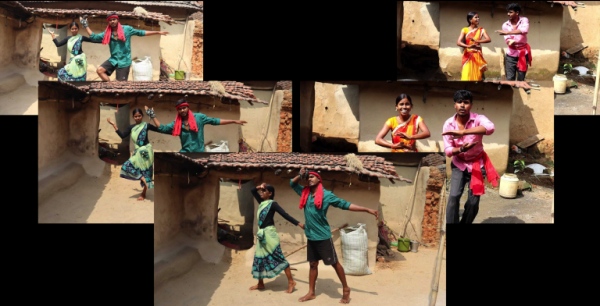The difference between Instagram and TikTok, and why it matters
It’s about equal opportunities. At least in India.
Indian Instagram is bourgeoise
When social media like Instagram or YouTube appeared in India, with mainstream U.S. and Bollywood cultural references as their primary focus, they got millions of users from the middle classes.
Indian TikTok is popular

TikTok upload length of 15 seconds is feasible even without broadband. This, together with lack of curation or standards for it, was a godsend for creators from rural, poorer or marginalized caste backgrounds, who were otherwise invisible on the Indian internet. It gave them concrete opportunities to make decent money, even with theoretically unpolished content like joyfully “singing indigenous rhymes as floodwaters clogged their mud house”, and gained TikTok 200 million users in India in 2020, mostly outside the middle classes.
Then, geopolitics erased working class creators
The previous paragraphs summarize why, when social media appeared in India, they replicated the same class divisions of the wider society, while giving marginalized classes a great way to express themselves. Until June 2020, that is.
In that month, the Indian government banned many Chinese-owned apps, including TikTok. The ban was a retaliation for the deaths of 20 Indian soldiers in a border clash but, among other things, also “erased working-class TikTok creators” in India.
This happened because what seems like its most similar “replacement” that is Instagram Reels, that Facebook launched right after the ban, has very different priorities and targets.
Instead of giving equal opportunities to all sorts of creators, Reels started right away with greater bandwidth requirements, stricter quality requirements and, above all, “courting influencers from upper-class backgrounds, to provide lifestyle [examples] for middle-class and upper-middle-class Indians”.
This priority to “lifestyle unobtainable for Indians from marginalized communities” has effectively shut down almost everybody who had been using TikTok to present a much more diverse and more realistic India. Not bad as (un)intended consequence, isn’t it? I wonder in how many other countries the same thing is happening, or may happen.
Who writes this, why, and how to help
I am Marco Fioretti, tech writer and aspiring polymath doing human-digital research and popularization.
I do it because YOUR civil rights and the quality of YOUR life depend every year more on how software is used AROUND you.
To this end, I have already shared more than a million words on this blog, without any paywall or user tracking, and am sharing the next million through a newsletter, also without any paywall.
The more direct support I get, the more I can continue to inform for free parents, teachers, decision makers, and everybody else who should know more stuff like this. You can support me with paid subscriptions to my newsletter, donations via PayPal (mfioretti@nexaima.net) or LiberaPay, or in any of the other ways listed here.THANKS for your support!